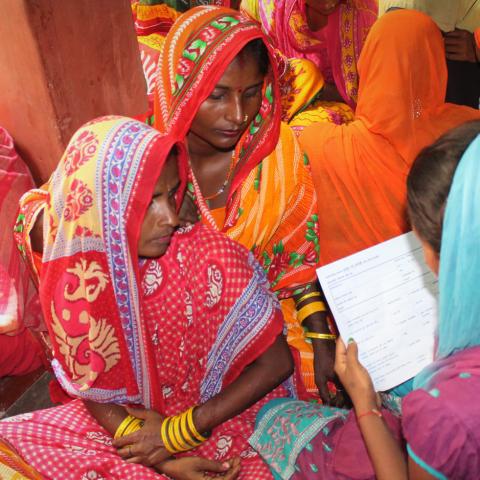
Executive Summary
Efforts to date to integrate gender-sensitive indicators into local, national, regional, and global early warning systems have been ad hoc and inconsistent, despite extensive empirical research demonstrating the links between gender inequality and risks of conflict and instability. Gender-sensitive indicators are important for providing nuanced and complete contextual information to strengthen the predictive capacity of forecasting models for violence and conflict. International Foundation for Electoral Systems (IFES) research indicates that two primary factors limit the effective integration of gender-sensitive indicators in early warning systems: 1) the unavailability of subnational gender data and the challenges inherit in collecting it; and 2) an over-reliance by existing early warning systems on long-term structural gender indicators, such as the rates of women in parliament, literacy rates among women and men, or the level of protection for women’s rights enshrined in constitutions or legislative instruments. While these structural indicators are important to measure as part of longer-term conflict prevention and stabilization efforts, they do not provide sufficient variations over the course of a year to detect any rapid changes in risk, which could help signal new levels of community insecurity, tensions, or the outbreak or escalation of violence in the shorter term.
This global framework, developed by IFES in collaboration with the United States Department of State Bureau of Conflict and Stabilization Operations (State/CSO), is intended to overcome these challenges and strengthen the integration of gender-sensitive indicators in early warning systems and violence monitoring efforts. This guiding document will be useful for supporting early warning system analysts, data scientists, gender specialists, national governments, civil society organizations, and international implementors to integrate gender in their early warning and violence monitoring initiatives. As well as building on previous efforts, this framework seeks to also provide a strong rationale for continued investment in gender-sensitive conflict prevention and stabilization.

The social definitions of what it means to be masculine or feminine, and negative consequences for not adhering to those expectations, vary among cultures, change over time, and often intersect with other factors such as age, class, disability, ethnicity, race, religion, and sexual orientation (U.S. Gender-Based Violence Strategy, 2016).
Our research consisted of a comprehensive literature review (included as Annex A), expert consultations with gender experts and early warning analysts, and a three-month pilot to test five new and modified gender-sensitive indicators across nine states in Nigeria. The findings from our research highlight the importance of identifying subnational gender-sensitive indicators that monitor changes in gender norms that could signal rising insecurity or risks of violence and conflict.
This framework provides new and modified gender-sensitive early warning indicators, in four categories: 1) security and justice; 2) politics and governance; 3) social norms and gender equality; and 4) economic factors. Some of the changes the indicators seek to measure include: changes to women’s mobility and dress; unusual movements of all-male groups; violent incidents toward women and men; rates of sexual and gender-based violence; increases in misogynistic, homophobic or sexist references or propaganda; restrictions on nongovernmental organizations (NGOs), including women’s organizations; women’s rapid attempts to acquire cash including through the sale of jewelry and personal goods; and increased targeted attacks against women in public roles and gender equality campaigners. The utility of some of these indicators will be context-specific; this framework offers a catalog of new and modified gender-sensitive indicators and associated guidance for integration in early warning systems or violence monitoring efforts, which can be expanded upon and adapted to local contexts. The gender-sensitive indicator table provides a menu of indicators, rationale for their inclusion, suggested definitions, and suggested data collection strategies.
Two overarching conclusions can be drawn from this research and the lessons learned from the Nigeria pilot. First, further investments are needed to support the collection of regular, publicly available sex-disaggregated quantitative and qualitative data at the subnational level to track the gender-sensitive early warning indicators proposed, which could point to growing insecurity or risks of violence and conflict. Second, it is important to continue to build on the publicly available evidence base that demonstrates the benefits and importance of meaningfully integrating gender in early warning systems and violence monitoring efforts as part of overall efforts to improve early warning systems and to support those systems to integrate gender into their current practices.




